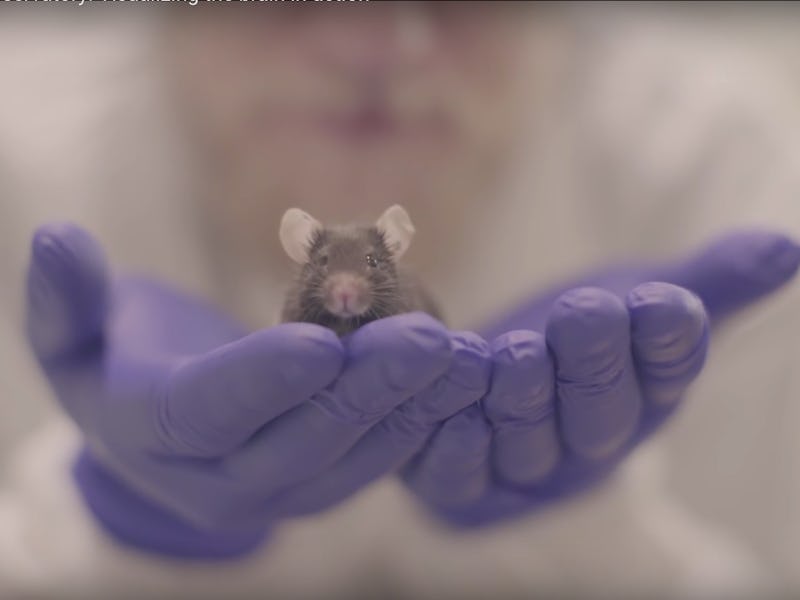Can Showing Movies to Mice Unlock Secrets of Consciousness?
Think big. Start small.

In a Seattle laboratory, a few dozen mice watched the opening scene of the 1958 Orson Welles classic Touch of Evil, and scientists observed them with anticipation. They weren’t particularly interested in whether the mice found the film thrilling or not — their concern was much more elemental. The scientists literally imaged the brains of the mice at the cellular level, tracking thousands of individual neurons as they reacted, or not, to the visual stimulus. The data produced has just been publicly released as part of the new Allen Brain Observatory, an open-science initiative that is part of Microsoft co-founder Paul Allen’s non-profit brain research initiative.
The funny thing about brains is that, while we all have one, none of us really knows how they work. Computers provide an easy functional analogy, but not a good one. How does the brain translate electrical impulses into thoughts, memories, ideas, and consciousness? These are the questions Paul Allen hoped to tackle by founding the Allen Institute for Brain Science in 2003.
Individual cells light up in a mouse brain as it takes in the opening scene of 'Touch of Evil.'
But in order to tackle big questions, you first have to start small. Really small. That’s where the mice come in. Mice are genetically similar enough to humans to work as a decent proxy, and their brains are much more accessible and easy to study. The Allen Brain Observatory’s first data dump includes results from several experiments, all tracking the electrical pulses in the brain in response to visual stimulus. In addition to classic film noir, the mice saw still images of wildlife and contrasting bars of black and white, either still or in motion.
You can imagine the volume of information collected from these experiments, which tracked activity down to individual cells. By releasing this data to the world, the hope is that scientists around the world will participate in combing through the individual flickers and find the important patterns. If we can uncover why those little mice brains light up the way they do, then we’ll be a step closer to understanding what makes us human.